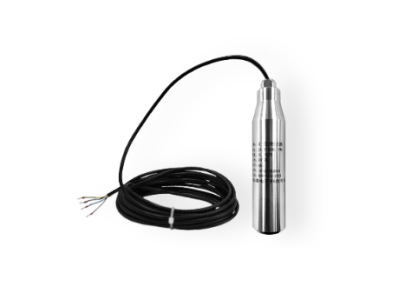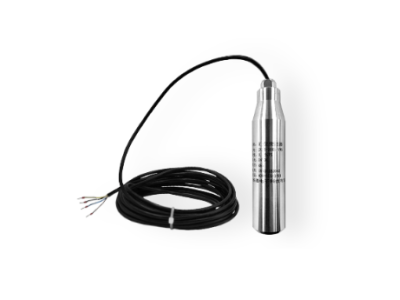Water pollution is a significant environmental issue affecting bodies of water worldwide. Human activities such as industrial production, agriculture, and municipal waste disposal have resulted in large quantities of pollutants entering rivers, lakes, and oceans. These pollutants can contaminate waterways to the point where they become unsuitable for human consumption, aquatic life, and recreation. One successful approach to detecting water pollution and identifying contamination sources is to use water quality sensors.

Water quality sensors are devices that monitor and measure changes in water quality parameters. They can identify changes in temperature, pH, dissolved oxygen levels, turbidity, conductivity, and more. Some sensors can even detect specific contaminants or chemical compounds in water. By monitoring these parameters, water quality sensors can help identify pollution sources and prevent or mitigate environmental damage.
One example of how water quality sensors can detect pollution is through the monitoring of agricultural runoff. Agricultural operations often rely on pesticides and fertilizers to support plant growth. However, when these chemicals enter nearby rivers, lakes, or oceans through runoff, it can lead to environmental damage. By deploying water quality sensors in areas surrounding agricultural operations, operators can detect changes in water quality related to these types of contaminants. Watershed managers can then respond to such alerts by taking quickly corrective actions such as redirecting water flows or increasing downstream treatment efforts.
Another key application of water quality sensors is in monitoring municipal wastewater treatment facilities. These facilities produce large amounts of effluent that typically undergoes some kind of treatment before being discharged into rivers or oceans. However, untreated or partially treated wastewater discharge can contain high levels of pollutants, including pathogens and heavy metals. By using water quality sensors to continuously monitor the effluent, wastewater treatment facility operators can quickly detect contamination events and take prompt corrective action.
In addition to detecting water pollution from industrial and agricultural sources, water quality sensors can also be used to monitor sewage overflows or spills. Sewage overflows and spills can occur when aging infrastructure fails and becomes overloaded, leading to untreated sewage being discharged into nearby waterways. By strategically deploying water quality sensors in areas prone to such spills, operators can detect changes in water quality and identify potential contamination events quickly. This information can be used to guide cleanup and remediation efforts.
Water quality sensors can also be used to monitor urban runoff, which occurs when rainfall or snowmelt collects pollutants from paved surfaces such as streets and parking lots. Urban runoff can contain oils, chemicals, and sediment, which can enter local waterways and cause environmental damage. By monitoring water quality parameters such as turbidity, conductivity, and pH in urban runoff locations using water quality sensors, operators can quickly detect changes and take corrective action before significant contamination occurs.
Finally, water quality sensors can also identify sources of pollution in natural bodies of water, such as lakes, rivers, and oceans. These sensors can detect changes in water quality associated with pollution events or accidental discharges. By identifying patterns in the data collected by these sensors, operators can pinpoint possible pollution sources and take corrective measures before long-term environmental damage occurs.
In conclusion, water quality sensors play an essential role in detecting water pollution and identifying its causes.






